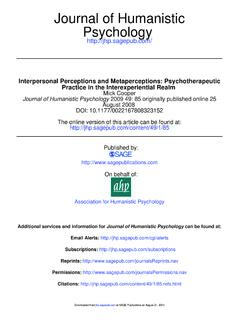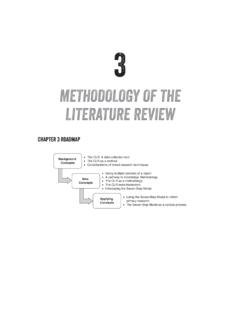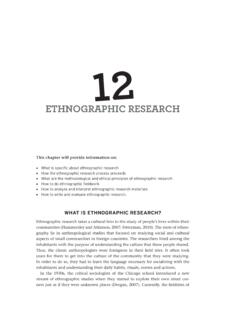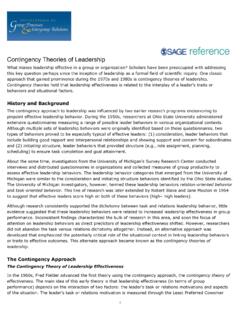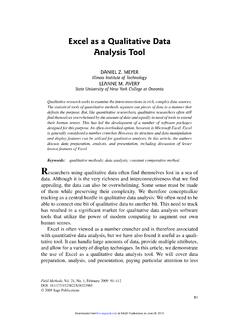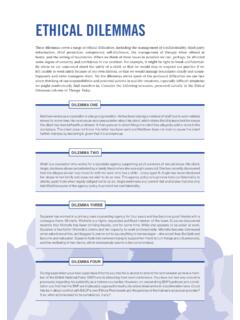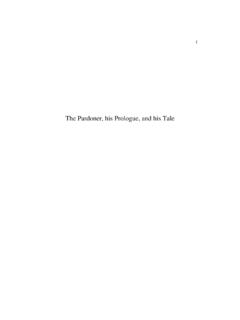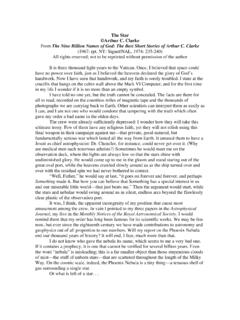Transcription of Encyclopedia of Criminological Theory
1 Encyclopedia ofCriminological TheorySutherland, Edwin H.: White-Collar CrimeContributors: Gilbert GeisEditors: Francis T. Cullen & Pamela WilcoxBook Title: Encyclopedia of Criminological TheoryChapter Title: "Sutherland, Edwin H.: White-Collar Crime"Pub. Date: 2010 Access Date: September 12, 2014 Publishing Company: SAGE Publications, : Thousand OaksPrint ISBN: 9781412959186 Online ISBN: 9781412959193 DOI: pages: 911-916 2010 SAGE Publications, Inc. All Rights PDF has been generated from SAGE knowledge.
2 Please note that the paginationof the online version will vary from the pagination of the print 2010 SAGE Publications, Inc. All Rights knowledgePage 3 of 12 Encyclopedia of Criminological Theory : Sutherland,Edwin H.: White-Collar concept of white-collar crime, introduced by Edwin H. Sutherland in his presidentialaddress to the 34th annual meeting of the American Sociological Society in 1939,had two fundamental themes. First, it called attention to serious occupational law-breaking by upper-level persons in business, politics, and the professions.
3 Second, ittied the portrait of such criminal activity to a theoretical construct that Sutherland, inhis presidential address (published in 1940 as White-Collar Criminality ) had labeled differential association. Sutherland's presidential address and a decade later his classic monograph WhiteCollar Crime embedded the words white-collar crime in our language. The term appearsconstantly in and on the mass media, statutes employ it as a catch-all designation forcertain illegal behaviors, and judges refer to it in decisions and sentencing justificationsin ways that indicate a common public understanding of what is his presidential address, Sutherland referred to notorious swindlers, many of whom,in Matthew Josephson's colorful term, were labeled robber barons business tycoonswho bought legislatures, robbed investors, and ran roughshod over competitors.
4 Butthese wrongdoers could not be grouped and examined in a manner that would [p. 911 ] yield scientifically useful theoretical generalizations. At best, they were case histories war stories that had among them only some similarities that might be molded into asuperficial explanatory title of Sutherland's presidential address printed in the program was The White-Collar Criminal, but the published version was called White-Collar Criminality andthe subsequent monograph bore the title White Collar Crime.
5 The shift in emphasisis significant. By the time he published the book, Sutherland largely had abandonedhis focus on human malefactors and had resorted to the only approach reasonablyavailable to him at the time by presenting case histories of violations by corporateentities. Sutherland had been employing graduate students since 1928 to locate andcodify reports of corporate wrongdoing (Sutherland, 1956). But as Donald Cressey,Sutherland's intellectual acolyte, would point out, Sutherland had to anthropomorphizethe corporations, that is, to treat them as if they were individuals whose actions couldbest be interpreted by the social psychological Theory that Sutherland advocated.
6 ForSAGE 2010 SAGE Publications, Inc. All Rights knowledgePage 4 of 12 Encyclopedia of Criminological Theory : Sutherland,Edwin H.: White-Collar CrimeCressey, this was a feckless enterprise: only people could think and act; organizationswere mindless promulgating his material on white-collar crime, Sutherland belittled, indeed ridiculed,ideas that served as then-current explanations of crime, including feeblemindedness,poverty, immigrant status, broken homes, and Oedipal complexes. In what wouldbecome a much-quoted observation, Sutherland wrote, We have no reason to thinkthat General Motors has an inferiority complex or that the Aluminum Corporation ofAmerican has a frustration-aggression complex (1956, p.)
7 96). This polemic, however,was more a reflection of Sutherland's antipathy toward psychiatric Theory that astrong debating point. To truly carry his argument, he would have had to demonstrate(or at least argue) that such pathologies could not be located in those running thecorporations rather than in the businesses crime was Sutherland's polemical trump card in debates regardingcriminological Theory . If elite offenders, such as violators of antitrust laws, did notmanifest personal or social characteristics tied to criminal activity, then those conditionscould not be presumed to account for all 's differential association Theory presumed to explain every form of maintained that criminal behavior is learned from social interactions.
8 Considerationssuch as tutelage in regard to illegal tactics and the inculcation on the job of values andattitudes that deemed law breaking as the preferred course of action were asserted tounderlay white-collar crime. It did not appear to occur to Sutherland that there mightnot be any satisfactory Theory , then or thereafter, that could provide an acceptableinterpretation of all crime and that white-collar crime might better be understood bytheoretical constructs that did not explain domestic violence, rape.
9 Or other Impetus for White Collar CrimeThere are hints in Sutherland's life story and academic career that indicate why hewould turn for the first time and so forcefully to the subject of white-collar crime whenhe was in his mid-fifties. By all accounts, Sutherland was a cautious man but also awell-meaning one. He favored the capitalist system, but he deplored its excesses andSAGE 2010 SAGE Publications, Inc. All Rights knowledgePage 5 of 12 Encyclopedia of Criminological Theory : Sutherland,Edwin H.: White-Collar Crimeits insensitivity to the public welfare.
10 He had the courage to criticize his governmentas racist during World War II for its interment of 120,000 Japanese, more than halfof them citizens, who obviously posed no threat to the United States. But he wasreluctant to offer an assistantship to a black graduate student in the Indiana Universitysociology department, which he chaired, not because he was prejudiced against thestudent or his race but because to do so would go against the prevailing sentiment ofthe times (Snodgrass, 1972).In his academic life, Sutherland had been indoctrinated into the ethos that muckrakingwas propaganda and that the true social scientist should adopt a neutral pose towardhis or her study material.
